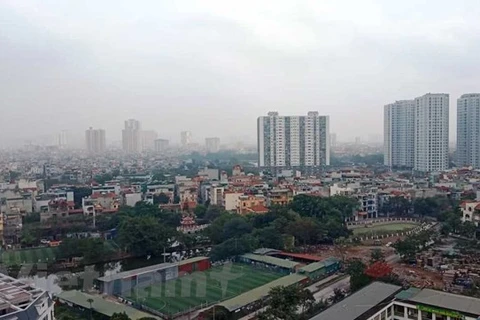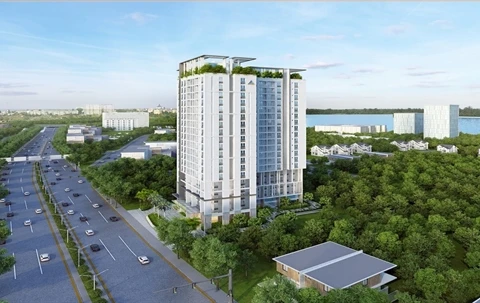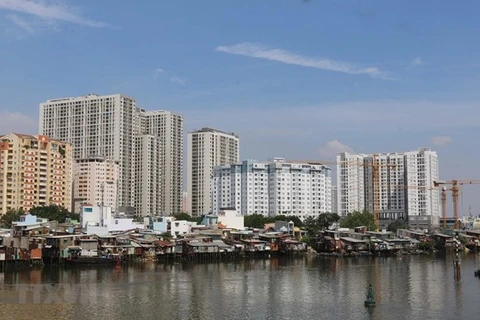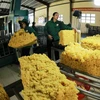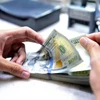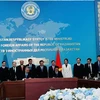Hanoi (VNS/VNA) - Cutting costs and restructuring products are what many real estate firms are doing to deal with difficulties caused by COVID-19.
According to the Vietnam Association of Realtors (VAR), the pandemic has caused many difficulties for the property market. Its preliminary statistics show that since the beginning of 2020, there have been no projects launched and over 50 per cent of the 1,000 real estate trading floors nationwide have shut down.
A VAR representative said many realty firms have developed technology to change sales methods to attract customers during the social distancing period.
Instead of meeting customers directly, they have launched sales through online platforms or apps. For example, Sunshine Group’s customers can find information on the project, close transactions, transfer money and participate in a lucky draw via its SunshineApp, available on both Android and iOS.
“All things customers do at a traditional real estate sale event; they can do on the app,” a representative of the firm said.
Hai Phat Land also told its salespeople to stop contacting customers but provide them with online consulting. Dealing with the pandemic, the firm decided to focus on cities where real demand for real estate was recorded instead of other localities.
Another realty firm, Dat Xanh Mien Bac, cut all unnecessary expenses and reduced the number of branches to deal with difficulties.
The firm's general director Vu Cuong Quyet said: “Since the beginning of the year, we have cut 70 percent of expenses. For example, we have cut down on marketing and advertising expenses. We also stopped running branches in ineffective locations to focus on some key locations.”
Also changing their business strategy to deal with the pandemic, Dai Phuc Land decided to concentrate on green real estate projects. According to the firm, customers are increasingly demanding green spaces which were environmentally-friendly and energy efficient.
The firm’s representative said: “We will focus on building what the customers really want, so when the pandemic is over, they will come to us”./.


